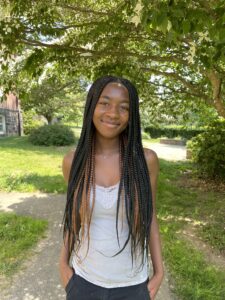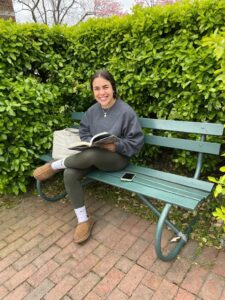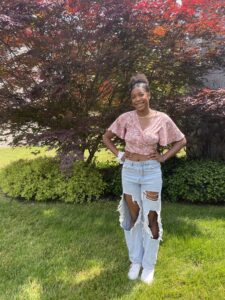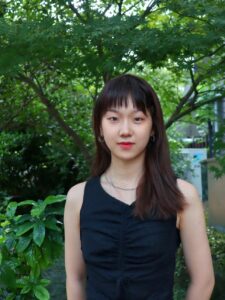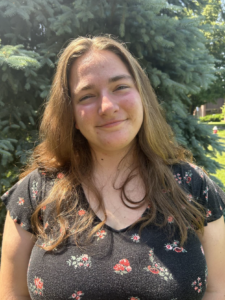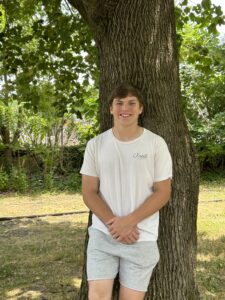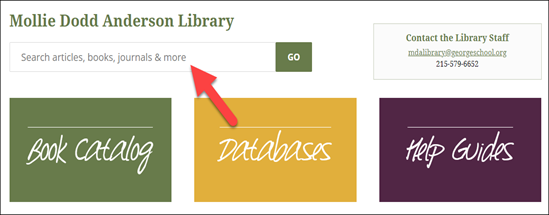In Zora Neale Hurston’s 1942 autobiography, Dust Tracks on a Dirt Road, she wrote: “Research is formalized curiosity. It is poking and prying with a purpose.” This is a fantastic definition of research, but it also characterizes the George School student experience, particularly with the IB Extended Essay.
To earn an International Baccalaureate (IB) diploma, students must complete three core elements in addition to the curricular course requirements and associated exams. One of these three core elements is the Extended Essay or EE as it’s commonly known, “a compulsory, externally assessed piece of independent research into a topic chosen by the student and presented as a formal piece of academic writing.” At 4,000 words long, this assignment can appear daunting, indeed, especially at the beginning of the junior year when students begin the two-year diploma program.
For IB students, “formalized curiosity” through research is not only required, it is a core element to be celebrated. After all, students on the diploma path are ambitious learners and, as the IB Learner Profile asserts, inquirers and risk-takers amongst other valuable characteristics. The EE does not simply ensure that students complete a major research essay, a clear testament to colleges of their critical abilities and writing skills to say nothing of their student skills and perseverance. The EE allows students to pursue their individual interests as academics, as distinctive learners and thinkers in their own right and with their own writing. And in fact, research and all that this adventure of curiosity entails—it is tinkering with ideas, the inquisitive desire for discovery, and the exhilaration of critical exploration—come naturally to George School students.
The vast array of recent Extended Essay topics attest to their vibrant and diverse interests: analyses of many literary forms from absurdist novels to Chinese poetry and many authors from Atwood to Zamyatin; explorations of art from a West African dance form to the jazz of Coltrane to photographers of the Great Depression; examinations of socio-historical and economic topics ranging from examinations of Castro’s Cuba to the corporate leaders of the gilded age to GDP growth in Rwanda to the Soviet Union’s dissemination of information following Chernobyl; scientific and mathematical inquiry into topics such as climate change and vector-borne diseases, the impact of environmental laws on the coal industry in Shanxi province, light refraction, smart textiles, the environmental impact of microplastics, or the efficacy of the black Scholes mathematical model; the list goes on.
Most importantly, however, the journey of the EE is ultimately not simply one of research but of self-discovery. In the words of a current IB Diploma Candidate senior: “Sincerely in the last part of writing my essay…I felt like this was something I really liked doing. It never felt like an assignment. And the main reason why it didn’t feel like that…was because I was learning in the process. And by the time I was done doing the essay, there was a lot that had changed about me.”
If Hurston referred to research itself as “formalized curiosity,” the Extended Essay is a prolonged adventure, one much like the one experienced by Lewis Carroll’s Alice in Wonderland who finds it “curiouser and curiouser” as she grows, “opening out like the largest telescope that ever was” just as our George School students grow, too, their vision expanding purposefully outward yet also turning self-reflectively within.
A member of the adaptability project and co-founder of the FOCUS committee, Kim came to George School in 2006 with a BA from Oberlin College and an MA in English literature, and an MFA in fiction from Indiana University. She was a Price Chair holder and coached varsity cross country. Kim and her husband, history teacher Aaron Good, enjoy spending time with their young son. She also loves to cook, read, and walk their dog.

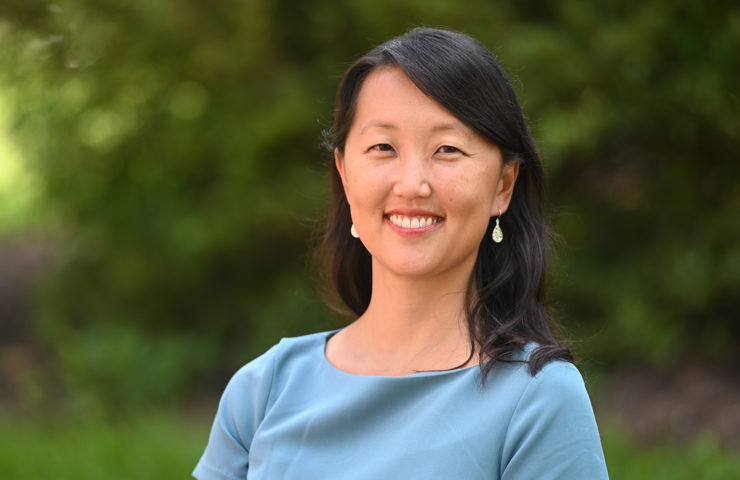
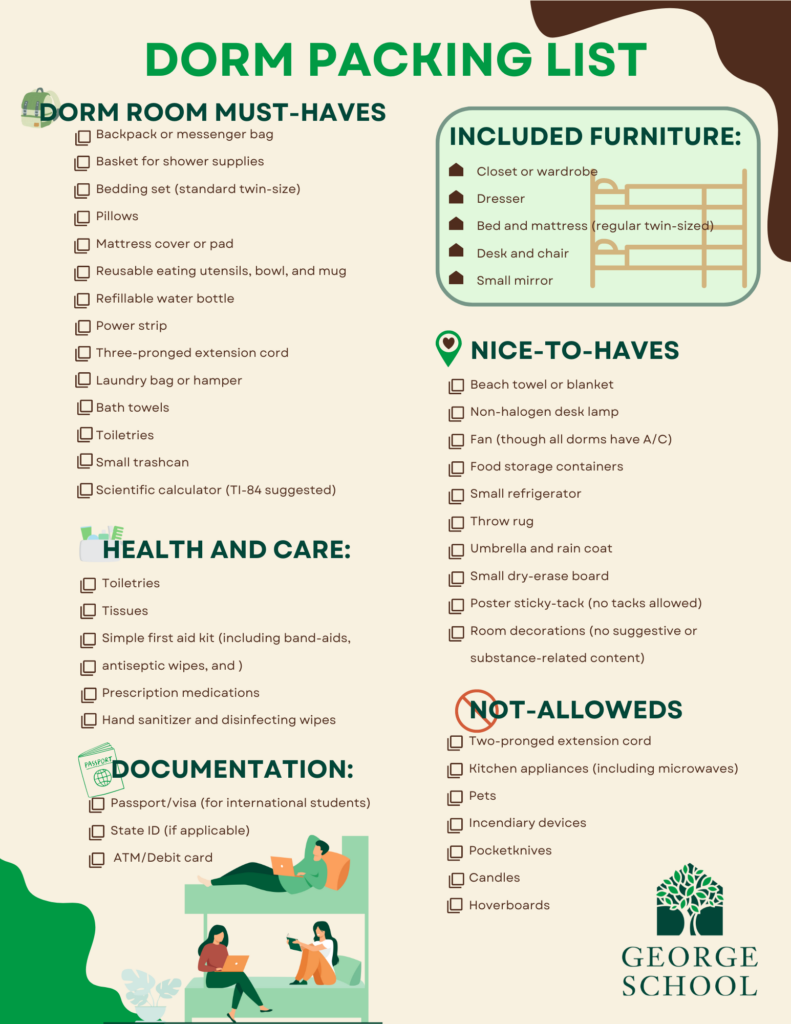
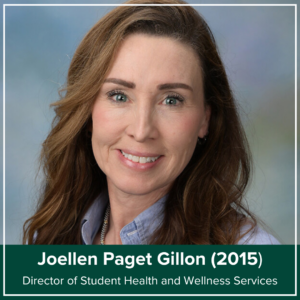 Joellen Paget Gillon (2015)
Joellen Paget Gillon (2015)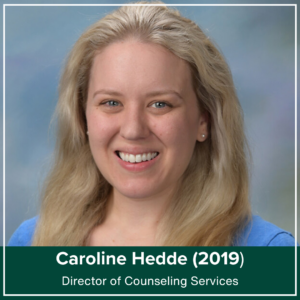 Caroline Hedde (2019)
Caroline Hedde (2019)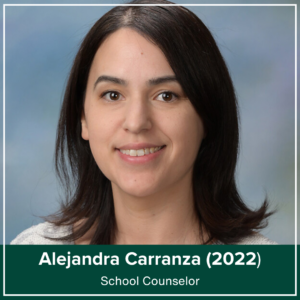 Alejandra Carranza (2022)
Alejandra Carranza (2022)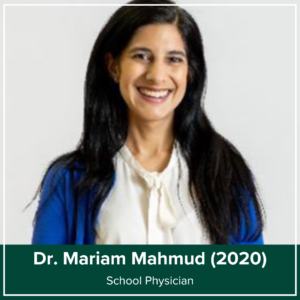 Dr. Mariam Mahmud (2020)
Dr. Mariam Mahmud (2020) Indira Rodrigo (2008)
Indira Rodrigo (2008)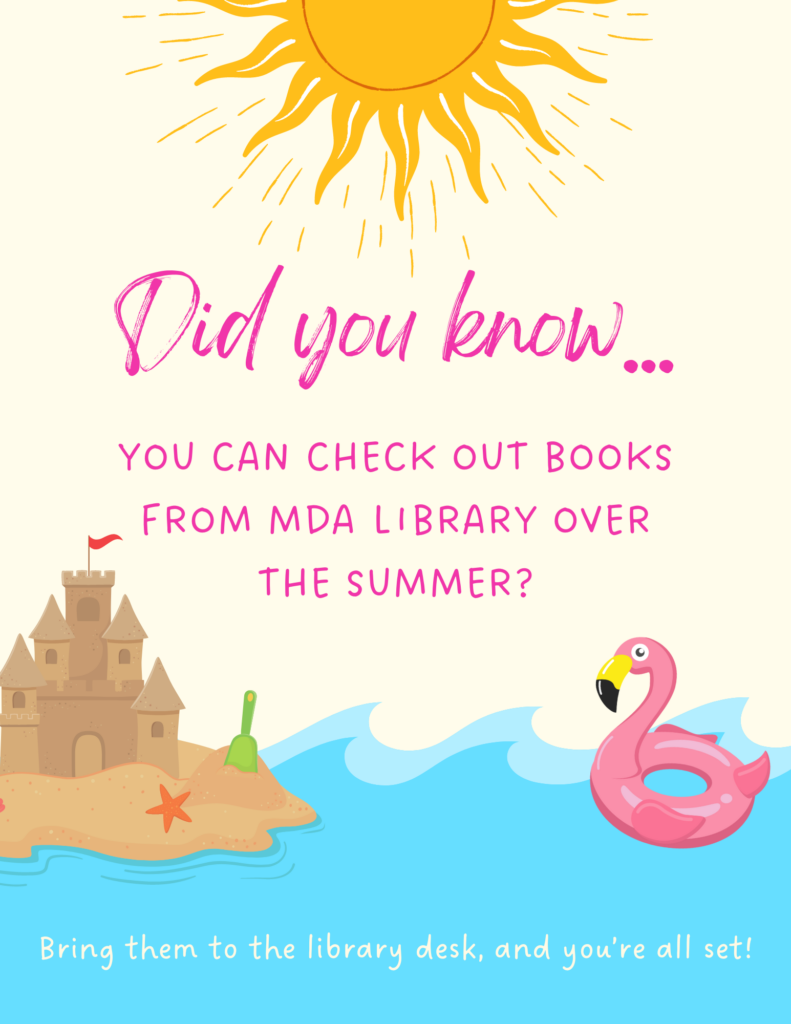
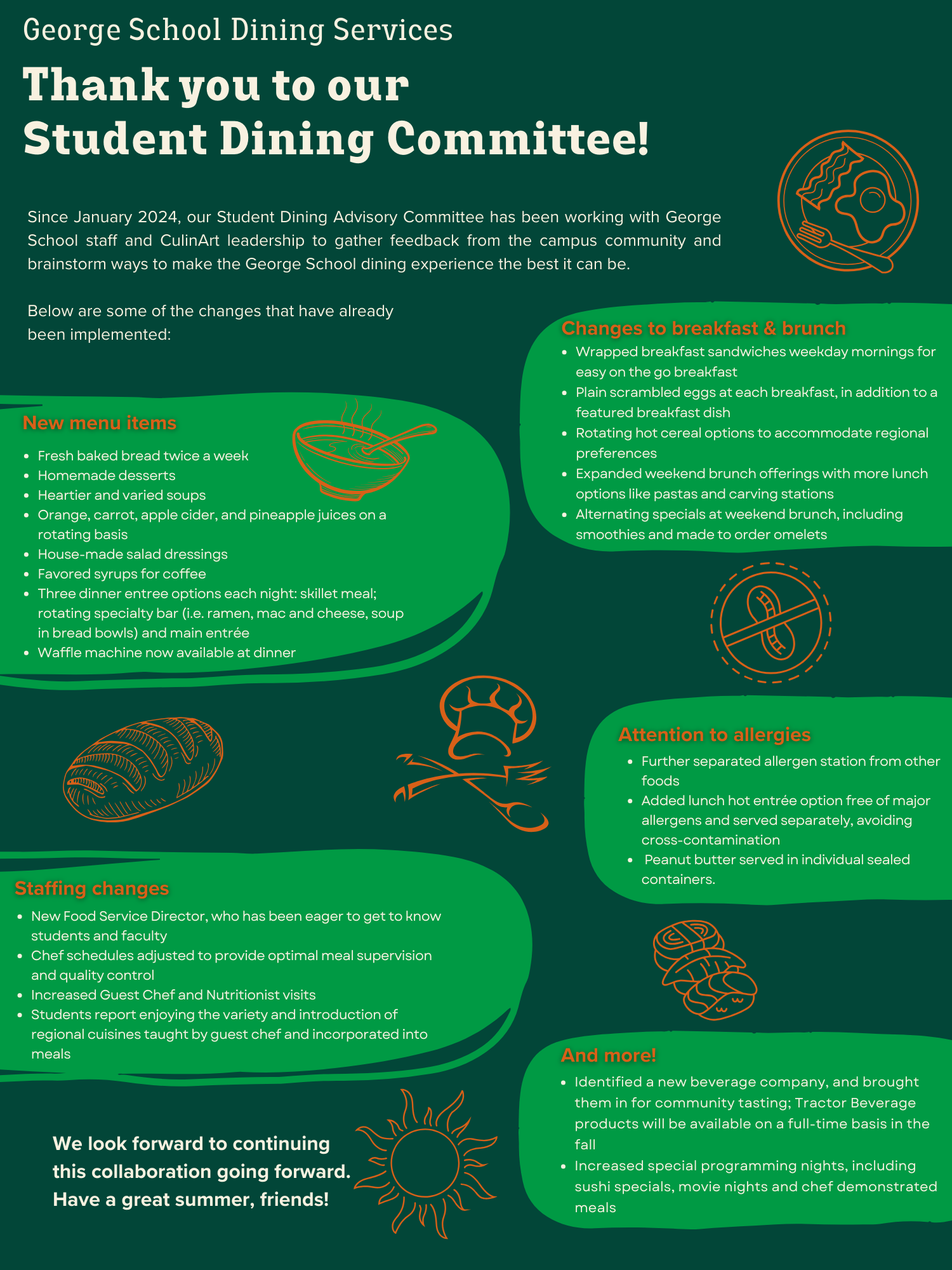
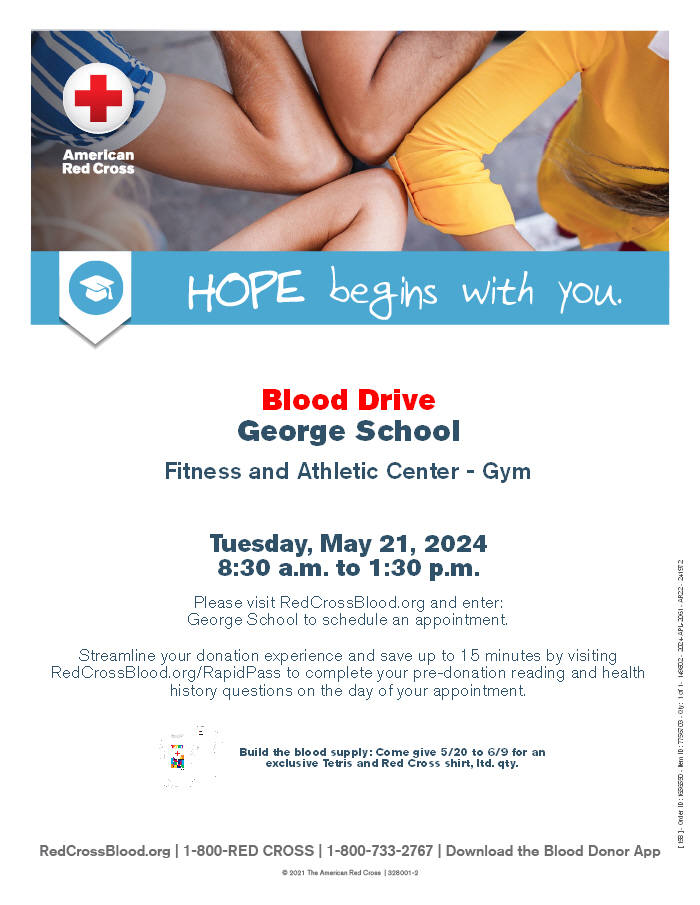



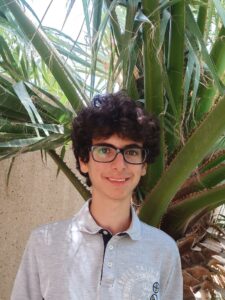 Monastir, Tunisia, and Amman, Jordan
Monastir, Tunisia, and Amman, Jordan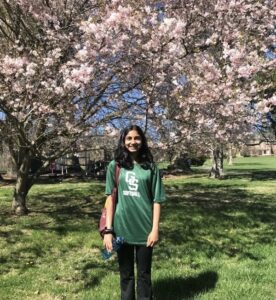 Irvine, CA
Irvine, CA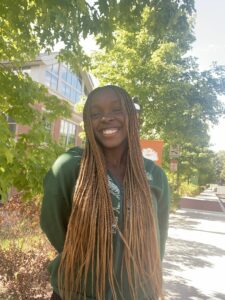 Feasterville-Trevose, PA
Feasterville-Trevose, PA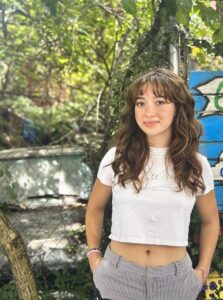 New Hope, PA (Previously NYC)
New Hope, PA (Previously NYC)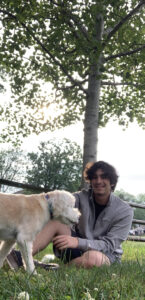 Richboro, PA
Richboro, PA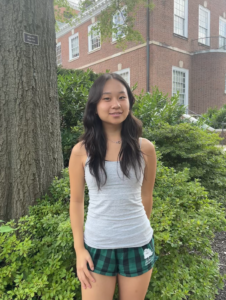 Englewood, NJ
Englewood, NJ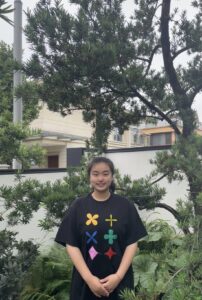 Ningbo, Zhejiang, China
Ningbo, Zhejiang, China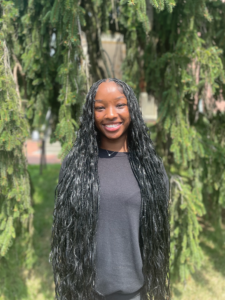 Willingboro, NJ
Willingboro, NJ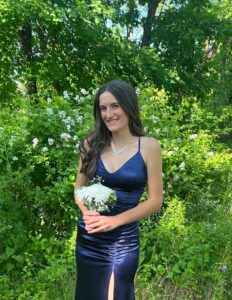 Yardley, PA
Yardley, PA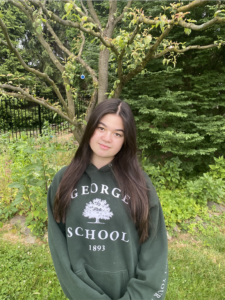 Newtown, PA
Newtown, PA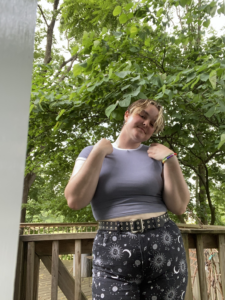 Holicong, PA
Holicong, PA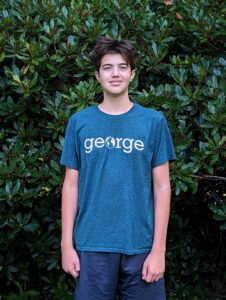 Newtown, PA
Newtown, PA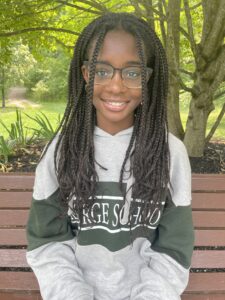 Hamilton, NJ
Hamilton, NJ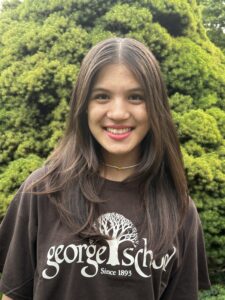 Yardley, PA
Yardley, PA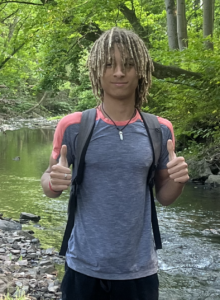 Lambertville, NJ
Lambertville, NJ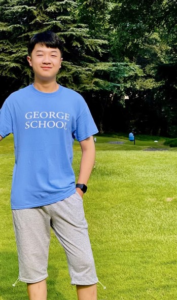 Chongqing, China
Chongqing, China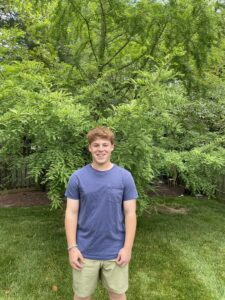 Pennington, NJ
Pennington, NJ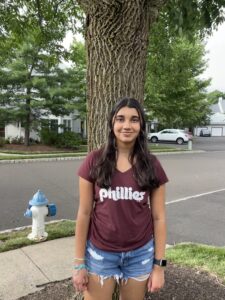 Yardley, PA
Yardley, PA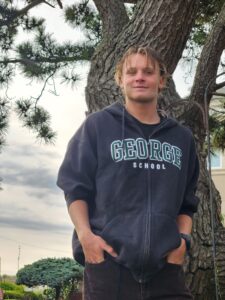 Bensalem, PA
Bensalem, PA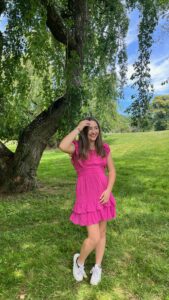 Borgota, Colombia
Borgota, Colombia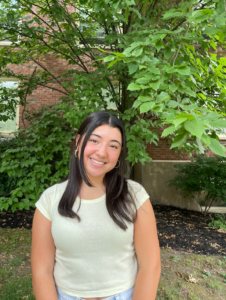 Newtown, PA
Newtown, PA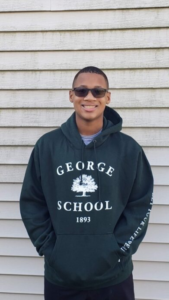 Burlington, NJ
Burlington, NJ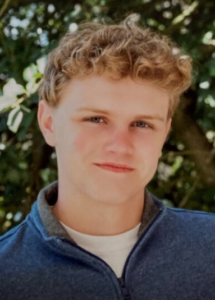 Langhorne, PA
Langhorne, PA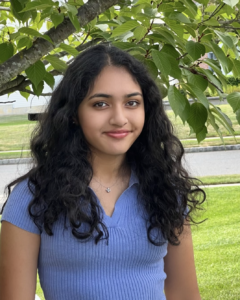 Princeton, NJ
Princeton, NJ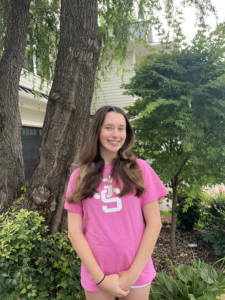 Langhorne, PA
Langhorne, PA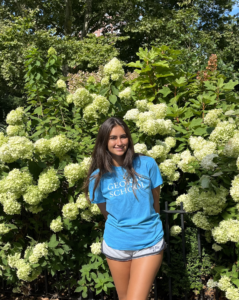 New York City, NY
New York City, NY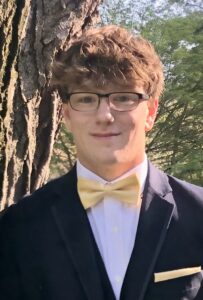 New Hope, PA
New Hope, PA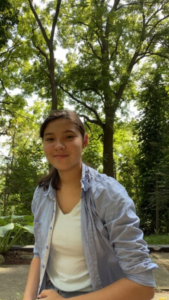 St. Catharines, Ontario, Canada
St. Catharines, Ontario, Canada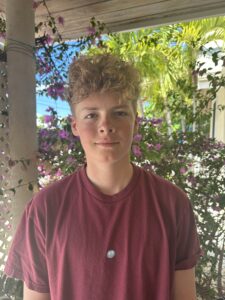 Providenciales, Turks and Caicos Islands
Providenciales, Turks and Caicos Islands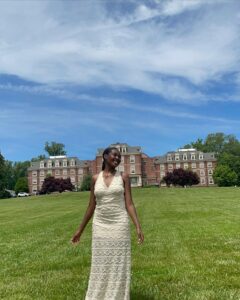 Willingboro, NJ
Willingboro, NJ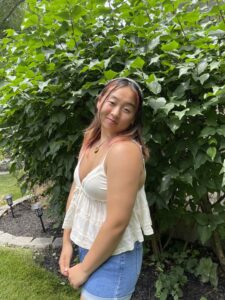 Princeton, NJ
Princeton, NJ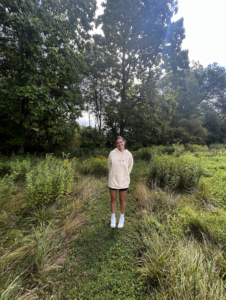
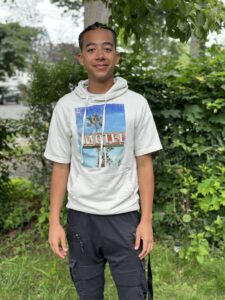 Newark, NJ
Newark, NJ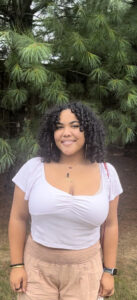 Trenton, NJ
Trenton, NJ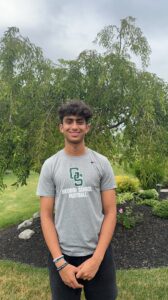 Newtown, PA
Newtown, PA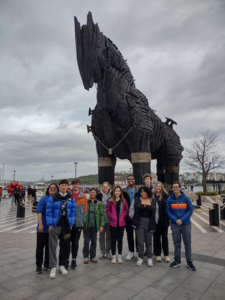
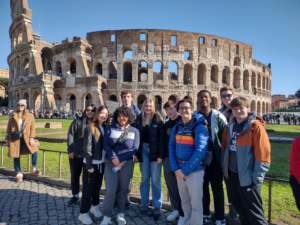
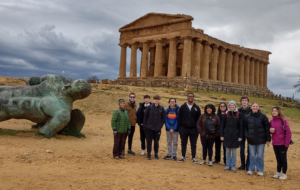
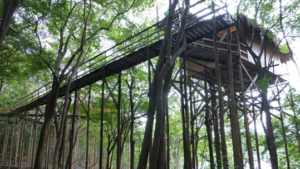
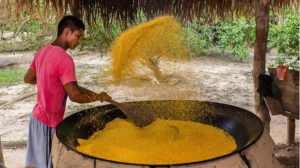
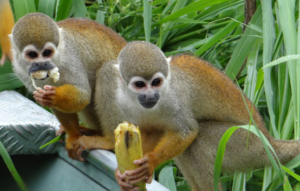
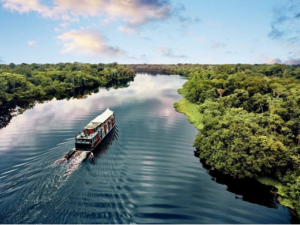
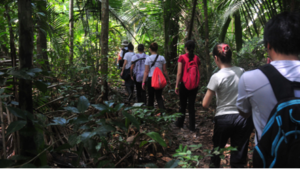
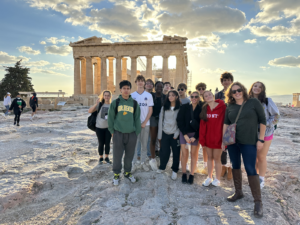
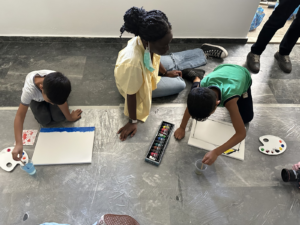
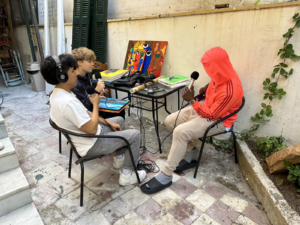
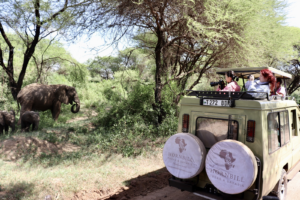
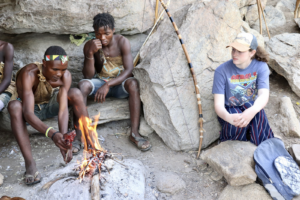
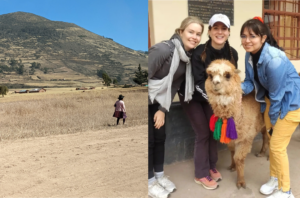
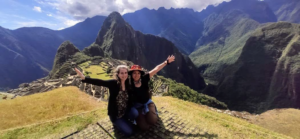
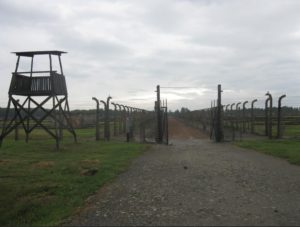
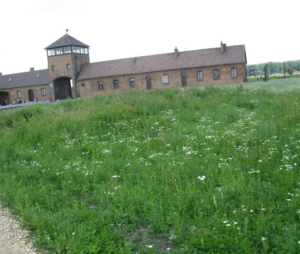
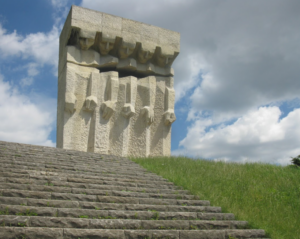
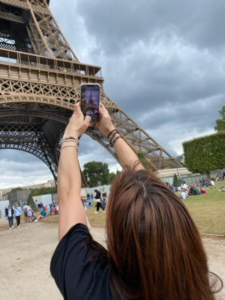
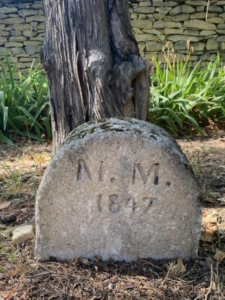
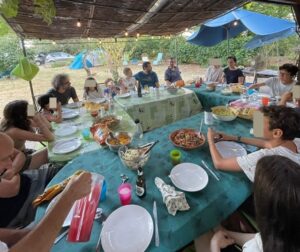
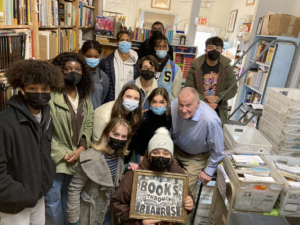
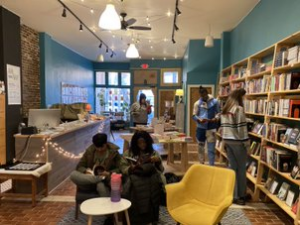
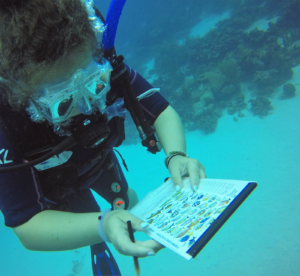
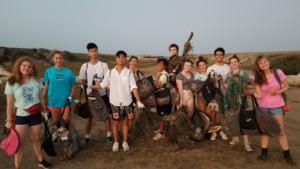
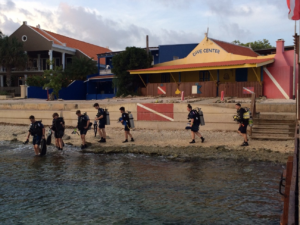
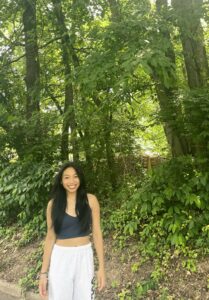 Lawrence, NJ
Lawrence, NJ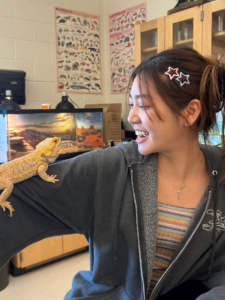 Seoul, South Korea
Seoul, South Korea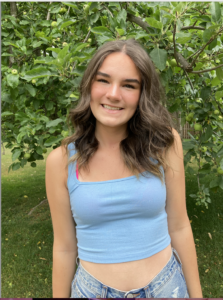
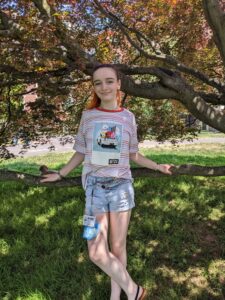 Milwaukee, Wisconsin
Milwaukee, Wisconsin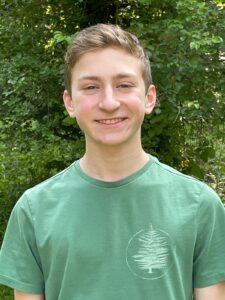 Pennington, NJ
Pennington, NJ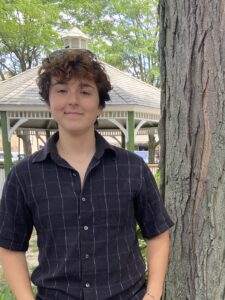 Jenkintown, PA
Jenkintown, PA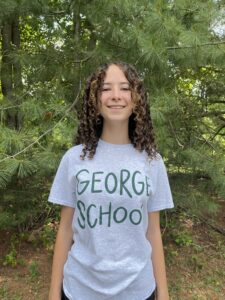 Ottsville, PA
Ottsville, PA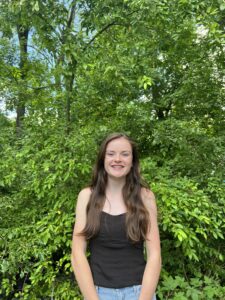 Yardley, PA
Yardley, PA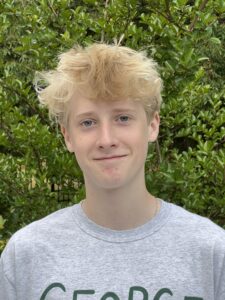 Providenciales, Turks and Caicos Islands
Providenciales, Turks and Caicos Islands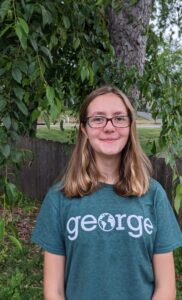 Hopewell, NJ
Hopewell, NJ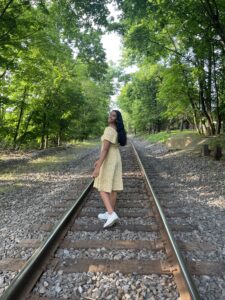
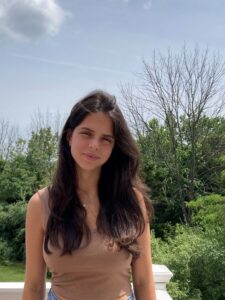 Pottstown, PA
Pottstown, PA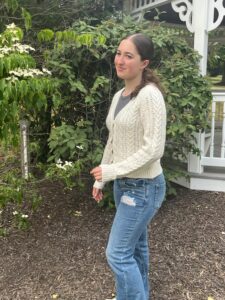 Playa del Carmen, Quintana Roo, México
Playa del Carmen, Quintana Roo, México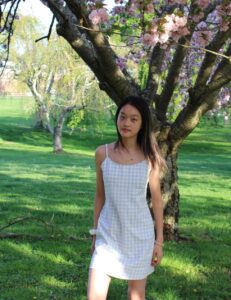 Shanghai, China
Shanghai, China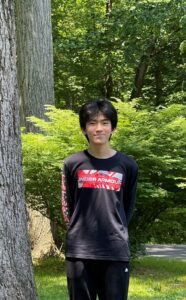 Beijing, China
Beijing, China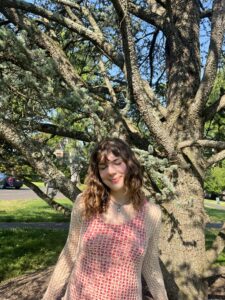 Yardley, PA
Yardley, PA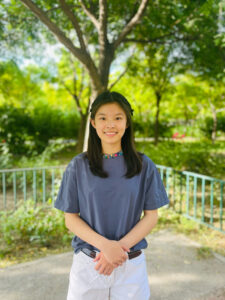 Beijing, China
Beijing, China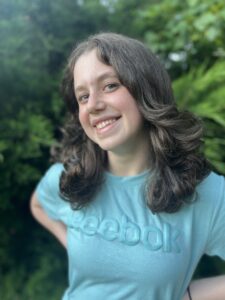 Holland, PA
Holland, PA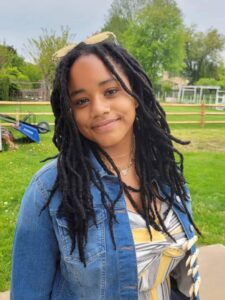 Langhorne, PA
Langhorne, PA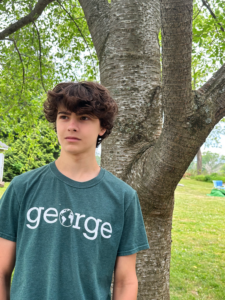 Ringoes, NJ
Ringoes, NJ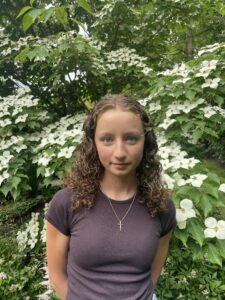 New Hope, PA
New Hope, PA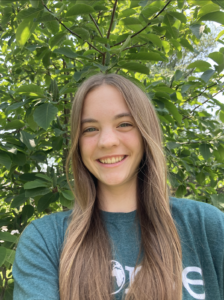 Dreshner, PA
Dreshner, PA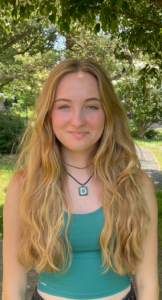 Yardley, PA
Yardley, PA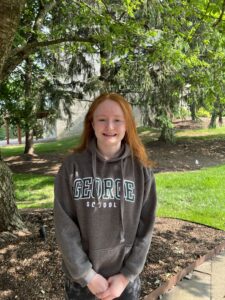 Yardley, PA
Yardley, PA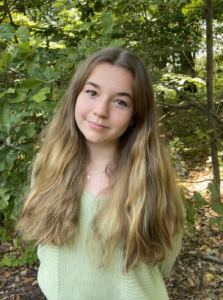 PA
PA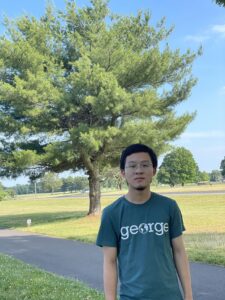
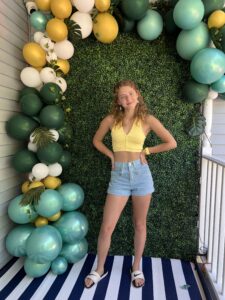
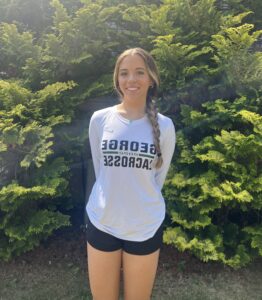
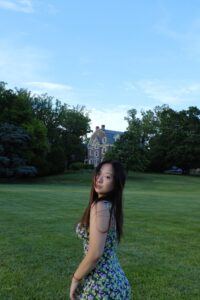 Xi’an, China
Xi’an, China